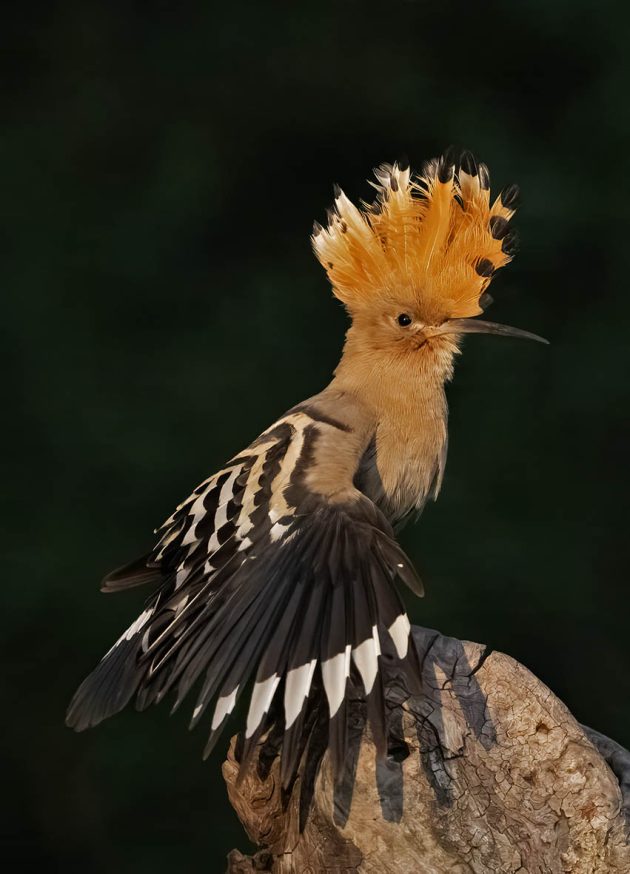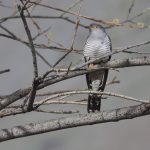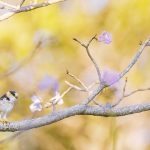
Living on Gibraltar, I am, at 36oN, just north of the Sahara Desert. I often wonder what the bird distribution would be like here if there wasn’t a desert. I would expect a gradient from these warm temperate latitudes down to the tropics. It must once have been like that. The desert creates a real barrier, one which splits bird distributions quite severely.
But the distinction of trans-Saharan to pre-Saharan migrants is not that clear-cut. Many species have wintering populations on both sides of the desert: Blackcaps (Sylvia atricapilla) and Chiffchaffs (Phylloscopus collybita) among others. But there are yet others which we consider strict trans-Saharan migrants but which do retain wintering elements north of the desert.

The Hoopoe (Upupa epops) is the prime example for me. These birds reach us in large numbers from tropical Africa in the early spring but others never leave. The numbers of Hoopoes wintering in Morocco and southern Iberia are substantial and I even see them regularly in winter in the central tablelands of Spain, around Toledo for example. There is obviously plenty of food for these birds not to go away for the winter. Another example is the Wryneck (Jynx torquilla).

I have been able to document the changing pattern of birds remaining north of the desert over the past decades. The best example was provided by White Storks (Ciconia ciconia). I can go out any day now and I will see White Storks. The change happened in the late seventies and eighties as many birds remained and survived by living from food found in open refuse tips. That was not a climate-driven change but, instead, by human activities.

A number of other species are regular in winter but it isn’t always clear if they are wintering or returning as soon as conditions improve. See my first post, of 14th July. These birds may well be wintering in small numbers and, if they are able to survive, will have the advantage of being close to the breeding grounds and of not having had to cross the desert. Among these species are Booted Eagle (Hieraaetus pennatus), Swallow (Hirundo rustica), Red-rumped Swallow (Cecropis daurica) and House Martin (Delichon urbicum).


Others are a bit more extreme. There are occasional sightings of Short-toed Snake Eagles (Circaetus gallicus) in the winter but, in the absence of active snakes, we have to wonder how many of these survive at all. Perhaps the most unusual of all is the Pallid Swift (Apus pallidus). This bird is a summer visitor but a few years ago a large winter roost was reported in a building in the city of Seville. If daytime temperatures were high enough, there is no reason why these birds could not have survived in the lower Guadalquivir Valley. It goes to show just how flexible birds are and how quick populations are able to respond to changes in environmental conditions. In edge locations like mine, I cannot but help feeling that I am living a natural experiment that is happening in front of my eyes.












Wishing for Spring – gorgeous pictures!
Great pictures, especially the early morning sun on the Hoopoes!